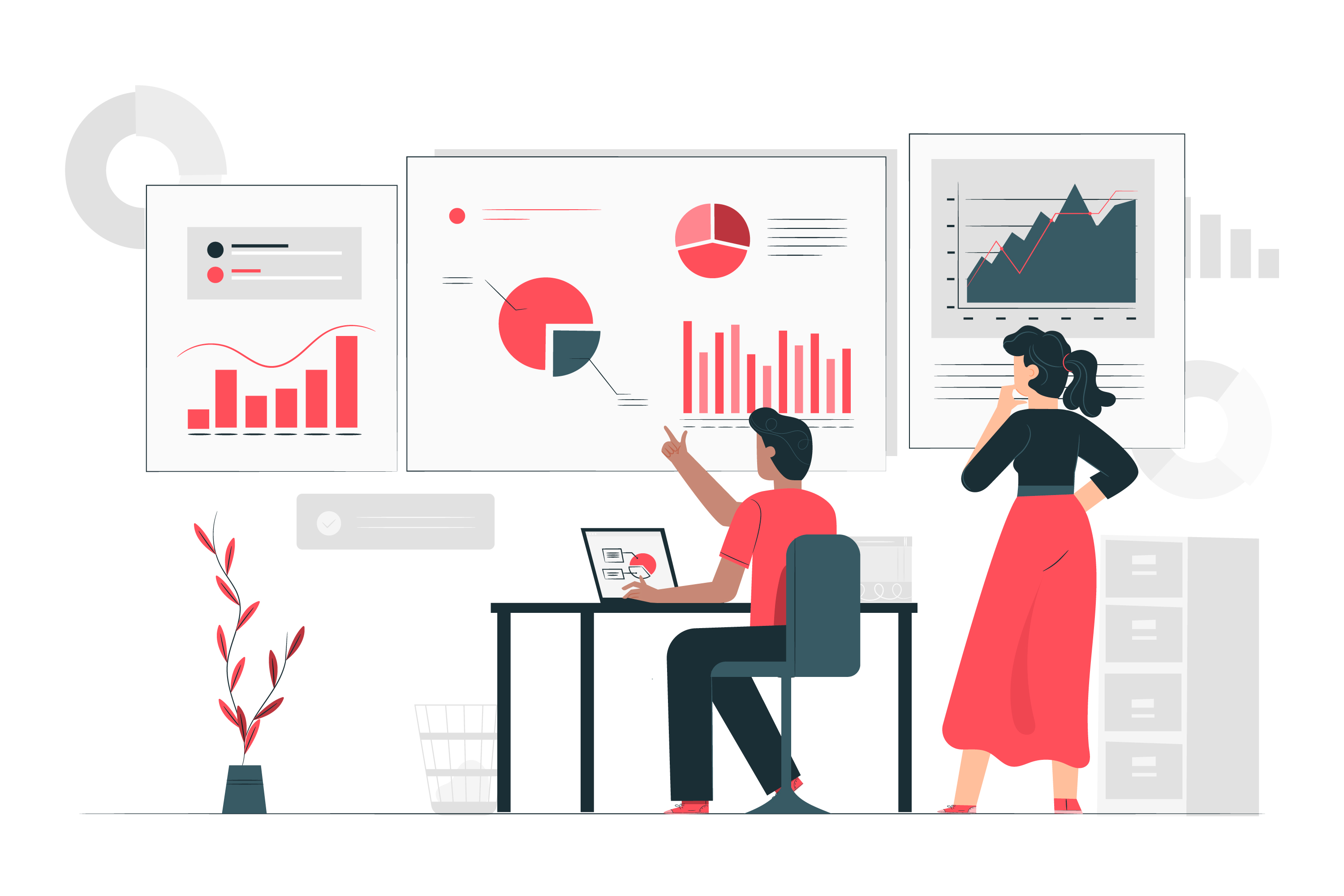
Streaming Analytics: Revolutionizing Businesses in the Data-Driven Era
In today's data-driven landscape, the ability to harness real-time streaming data is a game-changer for businesses across all sectors. Traditional analytics tools deal with static data, but streaming analytics empowers organizations to extract valuable insights from data in motion. This dynamic approach allows companies to respond swiftly to evolving situations, leveraging data from sources as diverse as websites, social media, sensors, and more. To effectively utilize this wealth of streaming data, businesses need adaptable tools and processes.
Understanding Streaming Analysis
Streaming analytics refers to the capability to continuously process and analyze real-time streaming data from various sources. It enables organizations to make informed decisions and take prompt actions while events are still unfolding. Streaming analytics systems excel in handling copious amounts of data from constantly active sources, such as location data, sensor readings, telemetry data, machine logs, social media feeds, and even data changes in traditional relational databases.
Role of Streaming Analysis in Data Science
The essence of data analytics is uncovering novel insights and detecting significant patterns in data, a task shared by both streaming analytics and conventional analytics. However, the modern data landscape has undergone a transformation. Data types, volumes, and velocities have skyrocketed, with Twitter generating over 500 million messages daily and IoT devices projected to generate a staggering 79.4 zettabytes of data by 2025. Streaming analytics excels in this environment by enabling organizations to discover new knowledge in real-time or nearly real-time, capitalizing on the freshness of data.
Additional Use Cases and Examples:
- Credit Card Fraud Detection: In a world where billions of transactions occur, credit card associations like Visa and MasterCard rely on streaming analytics to sift through vast datasets for suspicious activity. Automated systems can trigger alerts based on predefined criteria, safeguarding against fraud by swiftly identifying unusual payment authorization requests.
- Tailored Customer Experiences: Streaming analytics is invaluable for delivering timely insights. For instance, marketers use it to personalize product recommendations, optimize pricing, and enhance web experiences in real-time, ensuring that customer interactions remain relevant and engaging.
- Transportation Truck Efficiency: Logistics companies depend on truck efficiency for their core operations. Real-time data sources like weather forecasts, traffic patterns, and temperature sensors inform route optimization and cargo preservation. Streaming analytics ensures that this data is analyzed swiftly enough to make critical decisions, preventing cargo spoilage due to delayed alerts.
Conclusion
Collecting data is merely the beginning; today's enterprises cannot afford the delays associated with batch data processing. From e-commerce platforms to ride-sharing apps and financial markets, the use of real-time event streams has become pervasive. Continuous, immediate-time event stream processing is an indispensable asset for any business sector dealing with substantial volumes of real-time data. By harnessing the power of streaming analytics, organizations can unlock new opportunities, make informed decisions, and stay competitive in the dynamic landscape of today's digital economy.
About Rang Technologies
Rang Technologies, based in New Jersey, has dedicated over a decade to delivering innovative staffing solutions and the best talent to help businesses of all sizes unlock the full potential of the latest technologies and build high-performing teams to achieve their digital transformation goals.